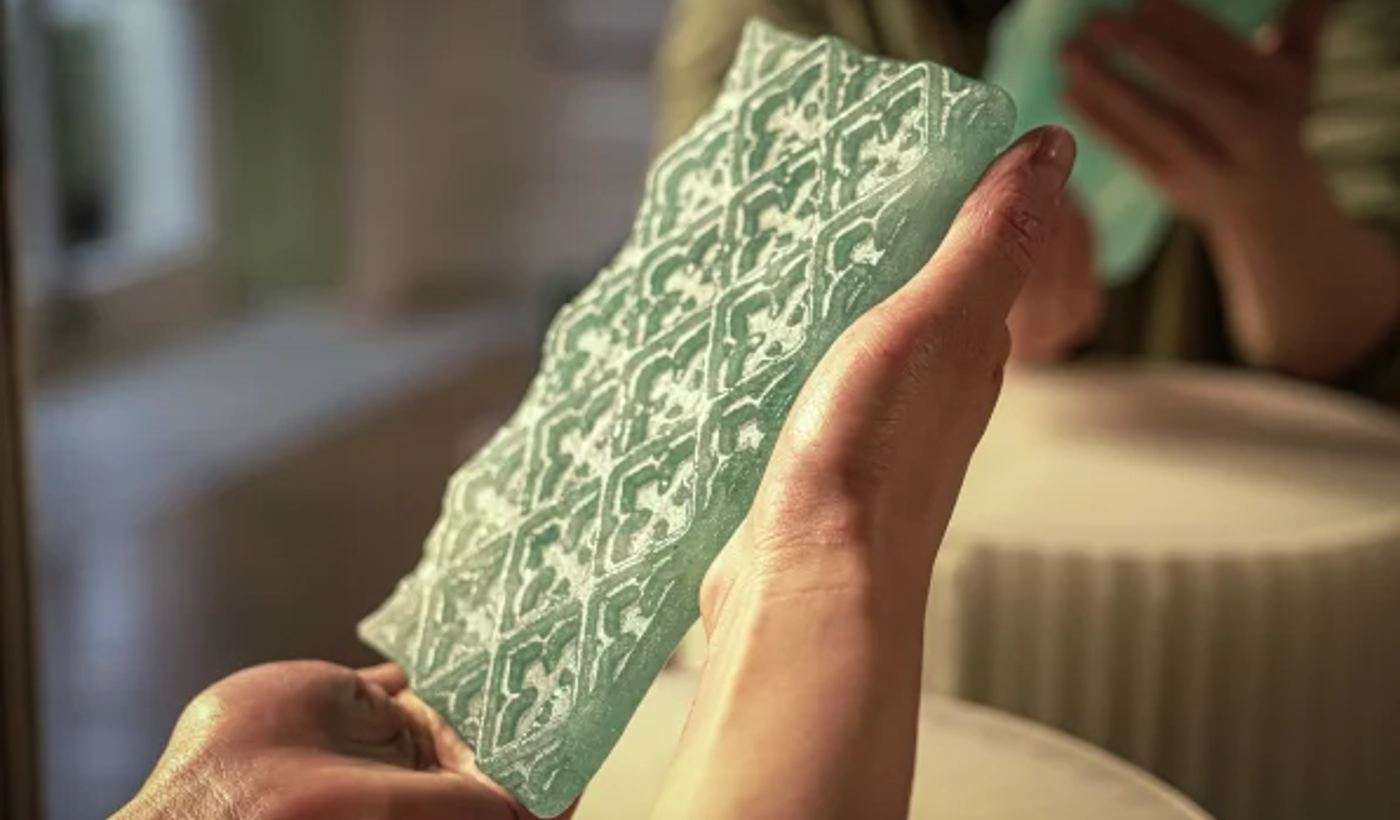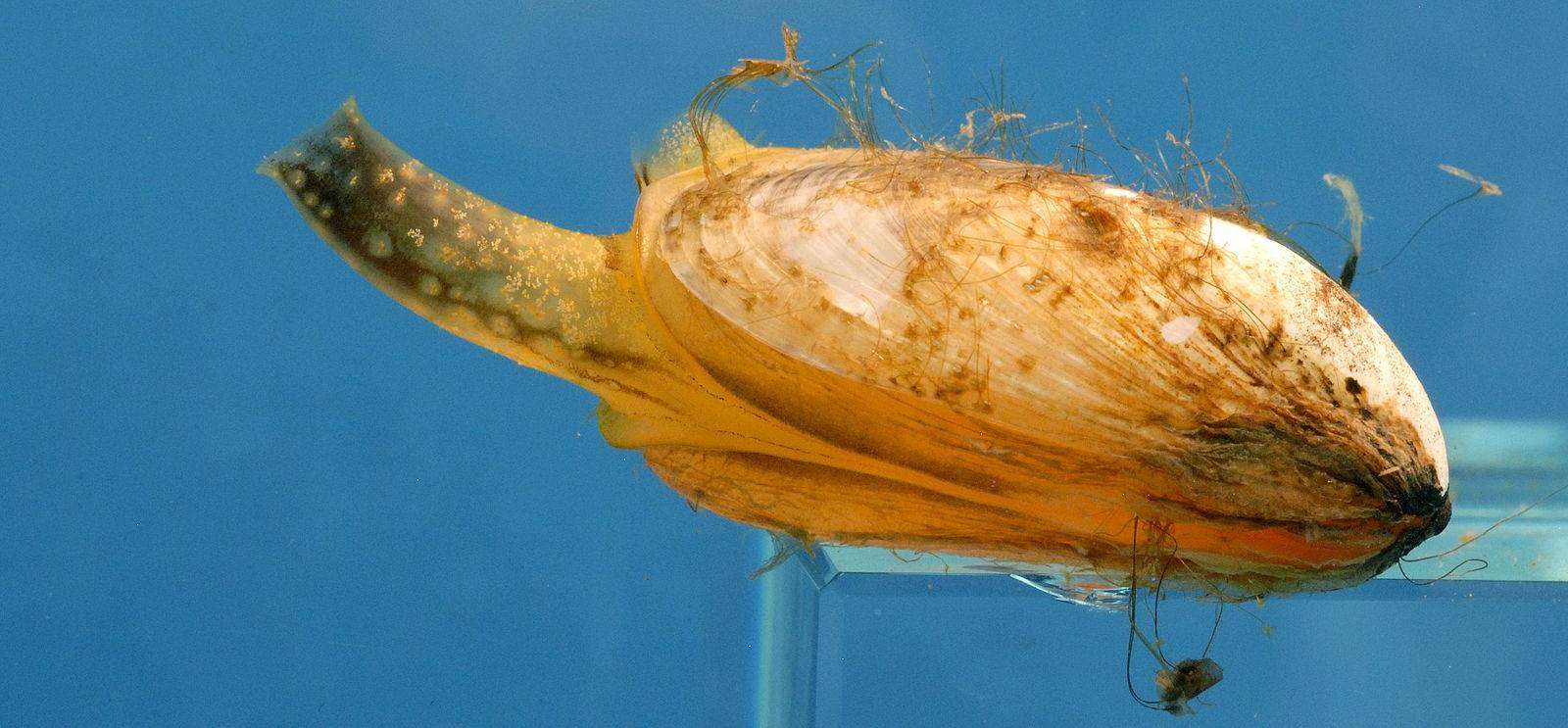How Fog Nets Are Making Water Abundant in Arid Africa - And May Be Useful in California
Fog nets in southern morocco by the company Aquilonis are providing 18 liters of drinking water per day, for 1600 people.

Some designers in London are taking an invasive mussel species and turning it into beautiful tiling.
Aside from preventing the mussel shells breaking down in landfills, the process creates a rigid material that is translucent-something that has never been done before.
Invasive species can require tens of millions in financing to eradicate, but what if the incoming investment was paired with outgoing profits-how much faster could invasive species be cleared out then?
When London water pipes began being clogged by an invasive species native to the Dnieper River in Ukraine called the quagga mussel, Thames Water had to spend millions of pounds to remove them. Most of the load ended up in landfills around the British capital, but a certain amount is now found in the workshop of designer Lulu Harrison, and at the London Craft Week's Beautility exhibit, where her use of quagga mussel shell powder to make glass caught the eye.
Glass is infinitely recyclable, making it one of the least polluting container materials available. However sand mining is an ecologically-damaging practice, particularly for rivers.

Harrison has said that her method is similar to ancient glass-making techniques. She uses about 60% River Thames sand, 20% mussel shells, 20% locally-sourced wood ash, and a bit of "soda ash," which is the principle ingredient in normal glass. Harrison thinks manufacturers following in her footsteps could make a "geo-specific glass" industry, by producing glass products based on locally-available substrates to produce different colors and levels of translucence.
Bureau de Change, an architecture firm founded by Katerina Dionysopoulou and Billy Mavropoulos, teamed up with Harrison to produce Thames Glass, a series of tiling for building faí§ades that celebrate the patterns of old London.
"Looking back at the Royal Doulton, which manufactured the city's water pipes in the mid-19th century, as well as the city's ornamental terracotta chimney pots, the cast glass tiles replicate some of the same intricate 19th-century patterns," write Bureau de Change.
To make the tiles, the mussels are washed, dried in the sun, ground and sieved into a fine powder, cooked into molten glass, then rapidly cooled to be shattered and ground up again. This is finally fed into a 3D printer to create the tiles.
English building codes are famously strict, and expensive tests will need to be performed on the tiles before they can be approved for use on actual buildings-but given that the quagga mussel is known to invasively reside in many locations, including in the Great Lakes of North America, the hope is that we'll soon be seeing beautiful tiles like these wherever they could make a difference.
SHARE These Stunning Designs With All Your Buddies…
Be the first to comment